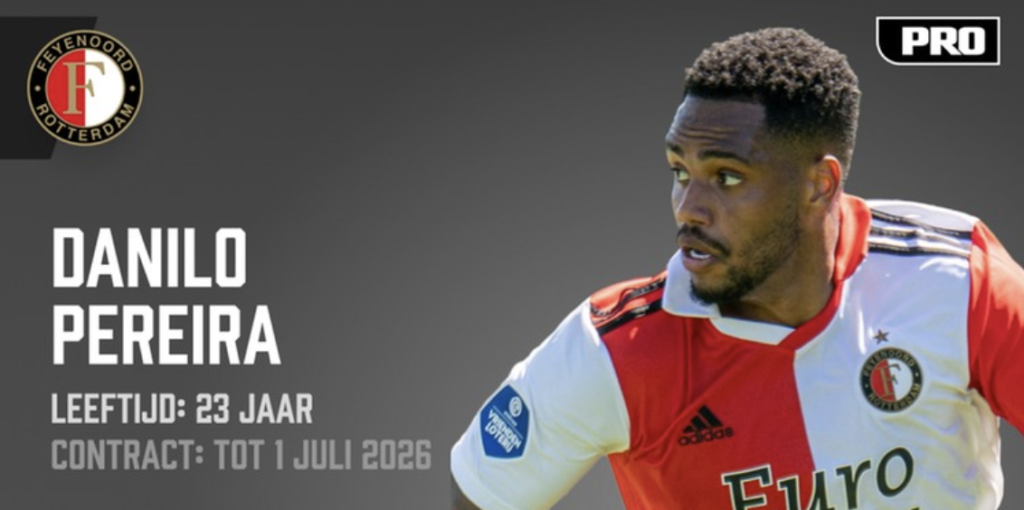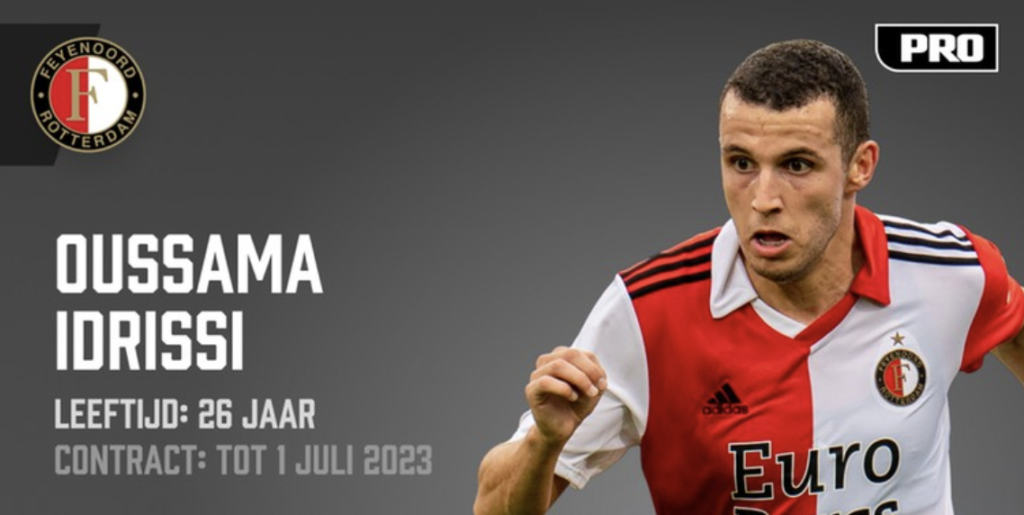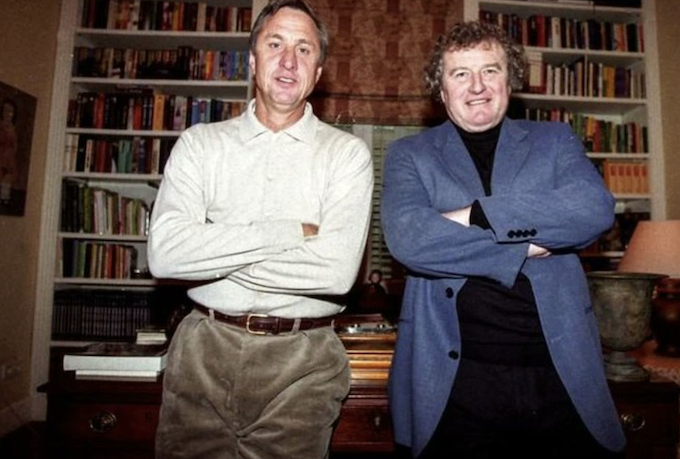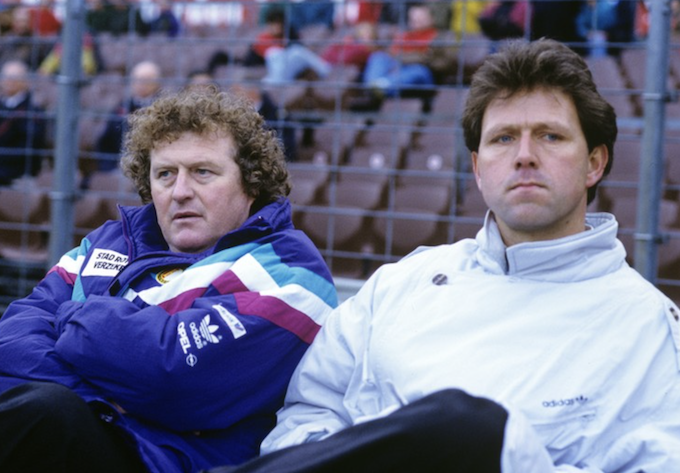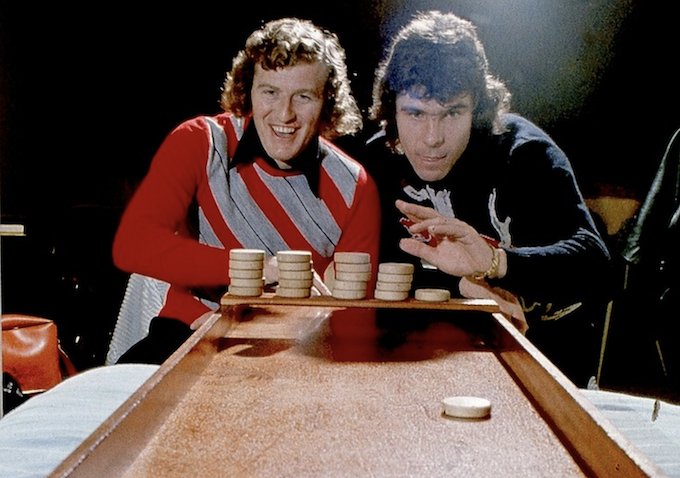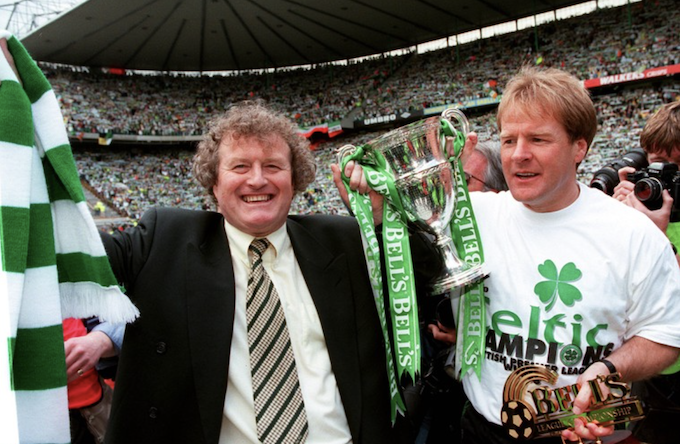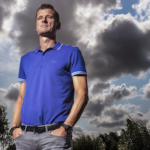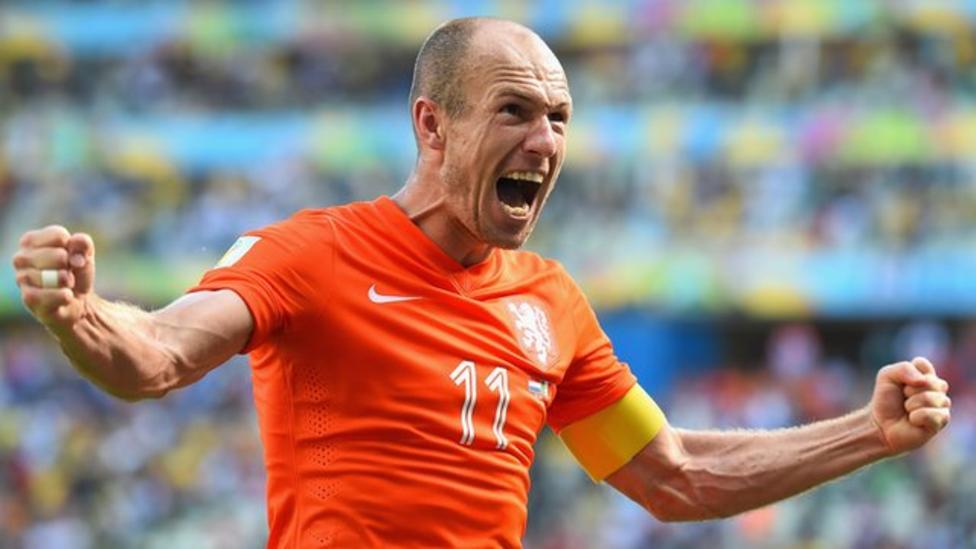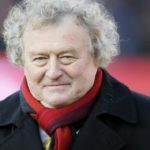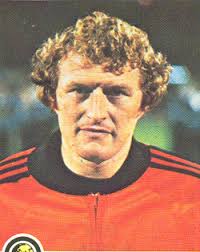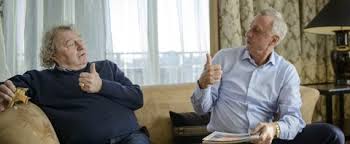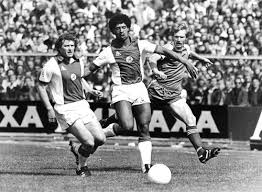The price of success. When you do well, as a Dutch top club with money needs (AZ, Feyenoord, PSV), bigger clubs will come and rob you of your top players.
Feyenoord is slowly climbing out of a deep abyss. Financially that is. In the past season, Feyenoord was able to perform well thanks to two loan players (Dessers and Til), among other things. Sure, Slot is a top notch coach, we know this, and Aursnes and Trauner were great signings while Sinistera, Malacia and Kokcu played the season of their lives.
But Dessers and Til left. Sinistera and Malacia made big money moves and now Marco Senesi has joined Bournemouth (…). I think Wim Jansen will turn around in his grave knowing that the Argentine CB thinks a move to newly promoted Bournemouth is a step up. No international tournaments for him and potentially a relegation. And before we know it, Aursnes is off to Benfica.
Sad to see this top class player go. Bought for 450k, leaving for 15M
Nice for the Feyenoord CFO, to see the millions come in, partly to cover the debt and partly will the money be spent on new signings.
Arne Slot can be seen as the man who created all this value. Kokcu was a question mark for long. Malacia was considered to wild and not good enough on the ball. Sinistera was struggling with fitness. But Slot brought confidence, joy and a positive playing style to Rotterdam and the players embraced it.
Can he do it again. Because with more than half the Feyenoord team from last season towards the exit (Linssen is now at Japan, while Raymond Hendriks is seriously injured… Jorit Hendrix never convinced Slot), the Rotterdam behemoth is on the look out for new blood.
New blood
Santiago Gimenez is only 21 years old but the Mexican has already 4 years as a pro under his belt in Mexico. The sports reporters in Mexico compare the tall striker with Graziano Pelle, the Italian striker who mesmerized the Feyenoord legion. He is a left footer, tall and strong. A good target man, but he also has depth in his game and he’s quite skilled too. The madness in Mexico around him is such that ESPN will broadcast every Feyenoord game live in Mexico.
23 year old Danilo Pereira already made an impression. The 11th player in history to go from Ajax straight to Feyenoord. Feyenoord lost 39 goals from last season and needs players who know what scoring is. Danilo is that player. He is effective, threatening and direct. He scored 17 goals in one season for FC Twente and the Brazilian was also on a free, so hardly any risk involved with him. Danilo scored twice in the first game versus Vitesse, last weekend.
Oussama Idrissi is back at the club where he started his career. The Moroccan international worked with Slot at AZ where he had a tremendous time. He’s a right footed Robben, once could say. Threatening to go on the outside, cutting inside with his light-footedness and then curling the ball in to the far corner. He is on loan from Sevilla (which paid 12 million for him but he never played the full 90 for the Spanish club).
Maybe the biggest signing for Feyenoord, Quinten Timber. Also a player who is returning to his old home. He played 6 seasons in the youth academy but moved to Ajax where his twin brother was (and still is). He impressed at Utrecht last season and was on many a scouting list. The youngster finds 21 years too young to make the move abroad. He will definitely make that jump one day – like his brother – but will hopefully spend two good seasons in De Kuip. He would be the natural successor to Fredrik Aurnses. Timber is really multfunctional and reminds me of Edgar Davids. He has grit, he can tackle but he’s also very skillful and has the ability to ghost past opponents Frenkie-style.
Mats Wieffer caught my eye when I saw him play with Excelsior against ADO Den Haag for the promotion game from the lower division to the Eredivisie. A game Excelsior – and Wieffer – won. The 22 year old playmaker was developed at Twente but never broke there. Via Excelsior he’s now a Feyenoord midfielder. As a creative player, he did have the most ball winning actions in the second division. Another multi functional midfielder. He can play the 6 and the 8 role and his former coach used him as a central defender at times as well.
24 year old Javairo Dilrosun has a promising CV: Ajax, Man City, Hertha BSC, Girondins Bordeaux… But he never really settled anywhere. In three seasons in Germany, he only played 29 matches. He will probably do well in Rotterdam, where his speed, his guile and his skills will be too much for most of his opponents. He is a one time capped international and will have the ambition to show himself to the NT manager as well. He scored a tremendous goal versus Vitesse for Feyenoord.
Sebastian Szymanski would normally never play for Feyenoord. The 23 year old is one of the biggest Polish talents and he seemed in the right place at Dynamo Moscow, with 6 goals and 8 assists in 27 games. But the Ukraine situation helped Feyenoord, as Seb is able to play elsewhere on loan as a result of the war. Szymanski is a real left footed #10 but can also play on the 8 position or even as a false right winger, Steven Berghuis style.
The last signing and least exciting one, is 25 year old Jacob Rasmussen, who came in on loan from Fiorentina. The Dane went to the Italian club for 7 million euros and never played a single game there. He played for Empoli, Vitesse and Erzgebrige. His key assets: passionate defending and taking-no-prisoner defending. Rasmussen impressed at Vitesse alongside Bazoer but might lack the speed needed to play in Slot’s system.
Tactical differences
How will Slot’s preferred eleven play? No one knows. Not even Arne Slot. After the last pre-season game versus Osasuna, he muttered he needed to study mathematics, to sort it out. Too many moving parts still, with players still leaving (Senesi, Aursnes) and players still coming in.
Arne did sign a new deal this summer yet again and has commitment towards the club and the process. In the last season with Til as #10, he played with two controlling midfielders behind the current PSV player. With Slot, it’s the players who determine the shape. With Toornstra and Kokcu, Slot plays them side by side. With Aursnes in the team, Kokcu is pushed further up, as the Norwegian midfielder has the legs to control the space in front of the defenders. Til’s exit has a big impact on the Feyenoord structure as the former AZ player was the first player to press. The wingers usually benefitted from Til’s press. There were no other Eredivisie players last season with the many touches Sinistera and Nelson had in the final third. Now, it seems Slot wants his wingers to be the first to press, allowing the midfielders to take control of the ball. It’s basically the same principle Slot used previously. Control the axis of the field and create a man-more situation on the wings. The execution is different, though.
This is already outdates, with Aursnes going to Benfica and Senesi off to Bournemouth. There is also interest in Kokcu and Pedersen…
This season, Slot expects to have more variation in his game. He wants to be able to make subtle changes per match, if the opponent “asks” for it. For this, Slot will need more width in his squad. For the coming weeks, it’s all still wishful thinking. Slot does not have that much to choose from, due to late signings, visas not yet done and injuries.
Still, their first Eredivisie game versus Vitesse tells you they will yet again be a force this season. That is also the expectation the legion has, as they hold Arne Slot in high esteem in Rotterdam.




